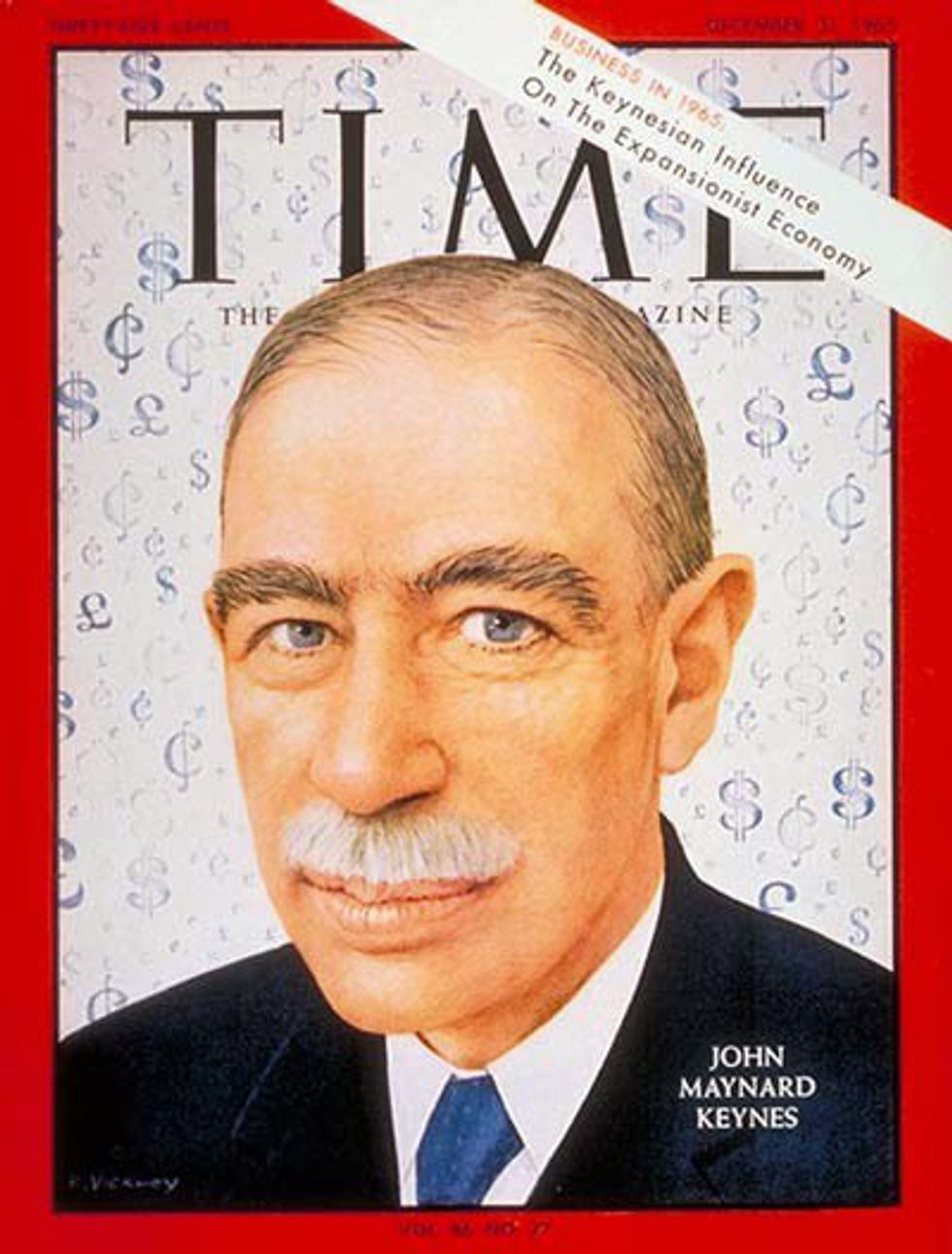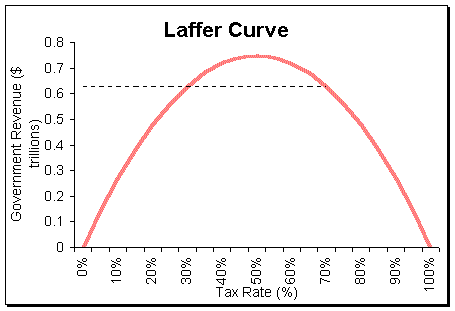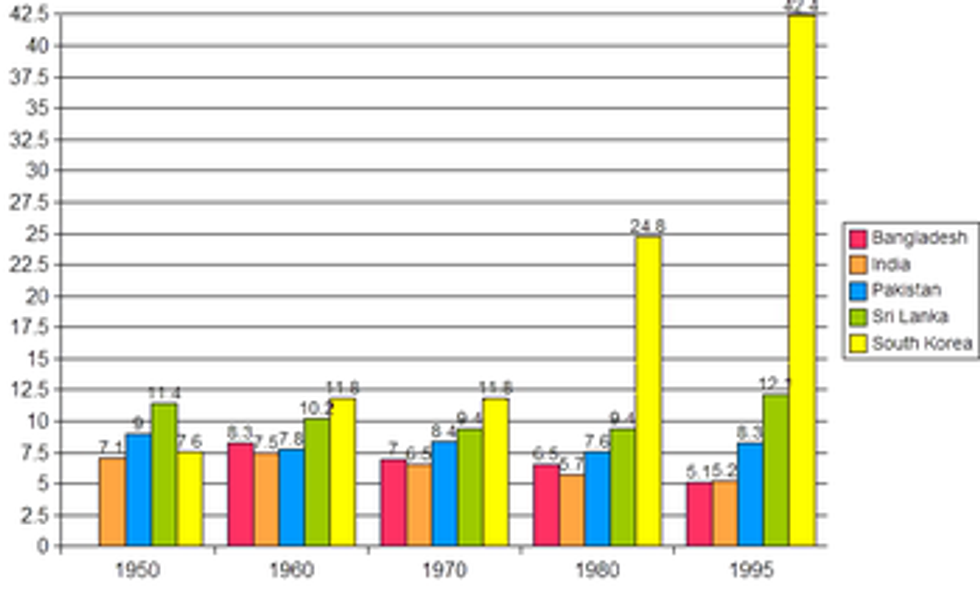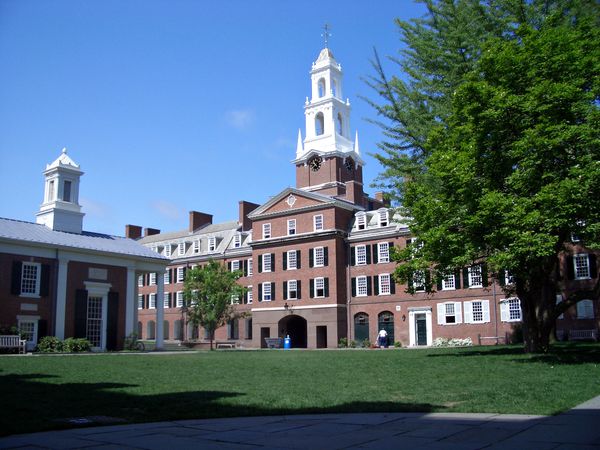Economics seems like a very important subject in today’s world. There are many views out there and many people seem to be mixed on the economy’s performance. Some think the economy is stagnant and doomed to collapse; others think that it is on the verge of a tremendous boom that will bring us back to the wonderful days of the 1990s. Still others think that things are okay, but could be better if it weren’t for those damn Europeans and their failed welfare-state policies. And others, like Bernie Sanders, want radical reforms to make the economy more pro-labor and reduce income inequality. And still others want to go back to the gold standard and do away with the welfare state entirely.
There are essentially two camps of economic thought, Keynesian (or demand-side economics) and supply-side economics. Keynesian economics argues that the best way to stimulate the economy is to raise government spending and cut taxes, putting more money in the hands of people and driving higher consumer spending. This leads to more business activity and more demand in the economy, giving people more jobs and allowing them to spend more money. This leads to a multiplier effect on the investment of government money, which leads to really good returns on government spending. The classic example of the efficacy of Keynesianism is demonstrated by the Great Depression, where the New Deal reduced unemployment and alleviated the worst of the Depression. Folks like these tend to ally with the Democratic Party.
Supply-side economics, on the other hand, views government intervention and spending as largely ineffective. They view it as reducing competition in the free market and crowding out private spending by raising interest rates through the government requiring loans to fund a deficit spending. They also view it as contributing to inflation, which can erode the value of a currency and reduce living standards if wages do not catch up. They instead advocate for lower taxes, lower regulations and a stable monetary policy to reduce barriers to production and create more goods. The higher supply reduces prices and thus increases output and living standards since stuff is cheaper for people to buy. They even argue that the boost in output would lead to higher tax revenues since there is more earnings in the economy to tax. These folks tend to ally with the Republican Party because free-market conservatives and pro-business folks love this theory. This theory formed the basis for the Reaganomics of the 1980s and the supposed boom that went on in those years.
So which theory is better? For years, I leaned towards Keynesianism because many studies have shown that lower tax cuts, especially on the wealthy, have had minimal effects on GDP growth. Keynesianism, however, pulled us out of the Depression and led to the golden age of the 1950s and 1960s. Recently, I have come to realize that the right theory to deploy depends on the context- country, government, current policies, and culture.
In the United States, supply-side economics seems psychologically appealing and thus good in the short-term. It appeals to people because of our country’s emphasis on innovation, hard work, and limited government. But the truth is that it is largely unnecessary; the US already has a long history of innovation and competition. The government has generally erected few barriers or regulations to restrict economic activity; the ones it did enact were for the public good to protect us from financial and environmental crises. In reality, Keynesian policies are ideal because they help boost consumer demand and benefit businesses; they can thus be viewed as pro-business as well. The fallacy of conservatives in dividing economic policies into pro-business and pro-labor is something that needs to be pointed out. Government spending and fiscal stimulus has worked well in the past, and there’s no reason to think it wouldn’t work today.
In India, the situation is different. For 4 decades after independence, India pursued various socialist policies. There were high subsidies for farmers and domestic industry, restrictions on laying off workers, hordes of agencies to satisfy to get licenses for production, and a central planning board that decided what was produced. There were also tariffs on imports to encourage domestic production. The result was devastating for India’s economic growth:
(Graph of GDP per capita as a % of American GDP per capita)
South Korea, which pursued a free-market and export-oriented policy, grew far faster than India and became a developed country. And millions of Indians, like my parents, left for better economic opportunities in more free-market countries like the US and Britain. India liberalized in the 1990s and began growing faster, but this growth declined after the 2008 crisis and India became stagnant and inflation-ridden.
This led to a landslide victory in 2014 for the BJP, a conservative, free-market party. The new Prime Minister, Narendra Modi, launched a campaign of new liberalization and reduced corruption to boost foreign investment and reduce barriers to production. So far, he has succeeded and India’s growth is now set to outpace China’s. They even managed to land India’s first probe on Mars despite a smaller budget than NASA’s and far less experience in doing so.
In this case, India clearly needed a dose of supply-side economic policy. The creativity and entrepreneurial energy of Indians was held back by a bloated bureaucracy and socialist policies. The cases of both India and the USA seem to point to the need for a balanced approach, a compromise between outright socialism and capitalism. There is a need for a strong safety net, mild barriers for production, and a culture of innovation and competition. Only by combining both Keynesian and supply side policies can a country be prepared for anything.
























